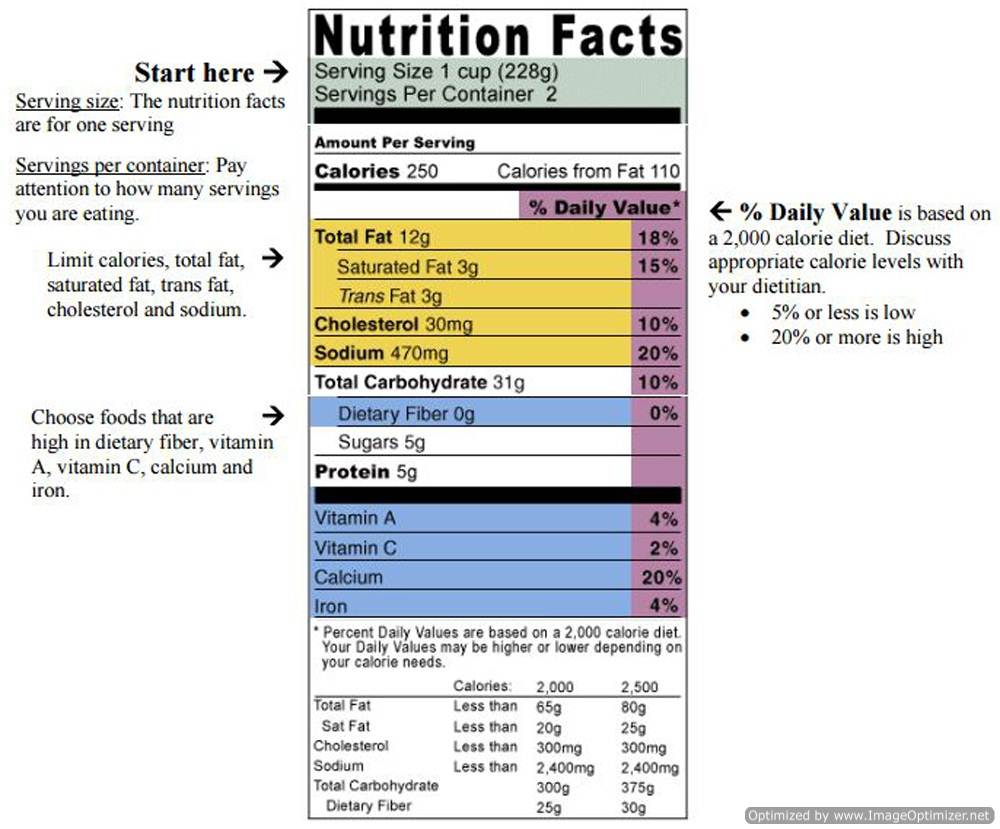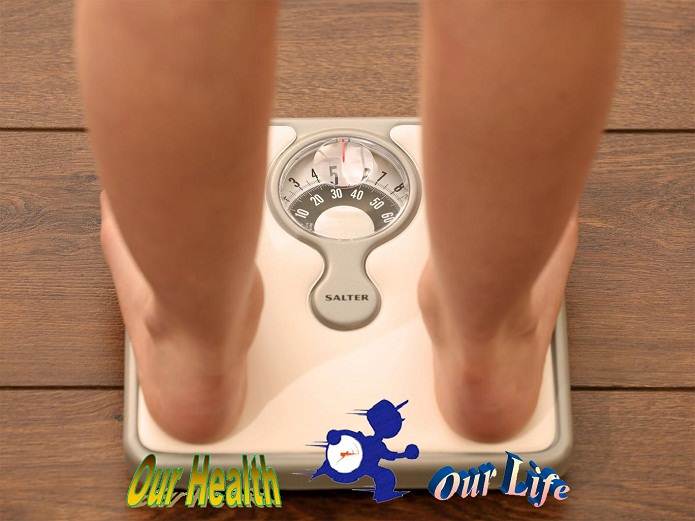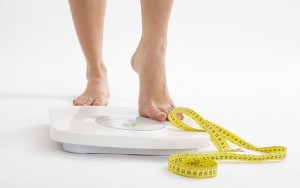Make the success of your weight loss ambition is only based on a few factors. Interestingly, as you may find it is that most of these factors ramble around you and they are what you have the power to control. However, there is a need for you to identify these factors before you can do something about it. If you do not have the necessary information on these factors and are not armed with the necessary tools to address them, you may continue to waste good efforts in the wrong direction.
You might have tried their hands on a lot of things in the past without any good results to prove it. It may be that there are still some tips and ingredients that are left out of the mix weight loss. There are still some weight loss plans and the program still wonderful and very good, but you just have to know the rules and apply them to another without a strategy for weight loss alone is enough to get what they want to lose weight without observing the appropriate standards and guidelines. The following are some of the tips that many people overlook but which are necessary for anyone to move in weight and fat loss.
[ads]
1. Have a desire to lose weight.
The decision to lose weight is really yours to make and any persuasion or pressure of spouse and friends can make it work for you. If you are ambivalent and uncertain about losing weight or lose weight if you want to please someone, you can be sure that success is not guaranteed. While there are times when our friends are inspired, plan your diet and exercise may be totally wrong for our own habits and interests. It is therefore imperative that you find a system that works for you personally.
2. Stay away from places where you can get tempted to make the wrong food choices.
Already you might have sworn allegiance to a weight or fat loss program, but no matter how careful you are, there are times that they are surprised with the guard. Avoid places, times and activities that you know it’s likely. You can search for alternative activities or distractions for those times. Another option is to have a plan well in advance of such activities that are used to handle what would be fairly easy to follow.
3. People who support their efforts Stick.
It is wonderful to see how the human mind works. It could be laid off work at supersonic speed to succeed and could be reduced to the lowest level, with few negative words or criticism. When you get constantly surrounded by people who knowingly or unknowingly, attempts to sabotage your efforts to lose weight, most likely you never get the kind of results you’ve always wanted. If you want your mind is manipulated to successful weight loss methods, then make sure you are always surrounded by people who no suggestions about the wrong types of food you make.
4. Stop blaming yourself.
Within the limits of human power, it is possible to lose weight successfully, but there may be times when you fail in their attempt to meet some of the simple rules that have worked hard to follow. It can also be skipping some training sessions. These are the events that may occur along the way and should not be too hard on yourself for it. While in weight control, you can not make the right choice at first, but you can learn to improve in the decisions on the progress of the same.
5. Eat balanced and recommended portion sizes food to weight loss.
There is no need to measure food intake to lose weight, a reasonably estimate will suffice. Juice, coke, soft drinks, all kinds of sweet, oil fried meal, high fatty meat, oily fish, nuts, dry fruits, ghee, butter, cream, etc. should be avoided. Carbohydrates and fat are the main source of calories. Fat free and low-calorie diet reduces the weight of the gross person very quickly. Hard labor and regular exercise to weight loss, as well as change the diet list is very important.
If you interested to know about a breakfast routine in the morning to click here.
Food groups and recommended portion sizes.
Meat/Protein.
(2-3 servings per day)
1 serving = 3 ounces meat/poultry/fish, 1½ cups cooked dry beans/lentils/split peas, ½ cup tofu, 2 eggs.
Choose more often.
- Poultry without skin.
- Chili without meat.
- Egg whites or egg substitute.
- Baked fish.
- Lean red meat (round, loin).
- Low fat lunch meat (<10% fat).
- Canned tuna in water.
- Cooked dry beans/legumes.
- Lentils.
- Split peas/black eyed pea.
- Tofu.
- Tempeh.
- Meat substitutes (soy based).
Choose less often or avoid.
- Bacon.
- Sausage.
- Hot dogs.
- Fried chicken.
- Poultry with skin.
- Chili with meat.
- Fried eggs.
- Fried fish.
- Fish sticks.
- Marbled red meat.
- Peanut butter.
- Lunch meat, bologna, salami.
- Nuts and seeds.
- Canned tuna in oil.
- Oil-packed sardines.
Bread/starch.
(4-8 servings per day)
1 serving = ½ cup rice/pasta/cereal, 1 slice bread, ½ small bagel.
Choose more often.
- Barley.
- Whole-grain bread.
- Bulgur.
- Unsweetened cereal.
- Whole grain crackers.
- English muffins.
- Hominy.
- Whole-grain pasta.
- Brown rice.
- Rice cakes.
- Corn tortillas.
- Plain popcorn.
- Oatmeal.
- Baked chips.
Choose less often or avoid.
- Biscuits.
- Chips.
- Sweetened cereal.
- Corn bread.
- High fat crackers.
- French toast.
- Granola.
- Pasta with cream sauce.
- Macaroni and cheese.
- Macaroni salad.
- Muffins.
- Pancakes.
- Pizza.
- Buttered popcorn.
- Stuffing.
- Crisp taco shells.
- Waffles.
Fruit.
(2-4 servings per day)
1 serving = 1 small piece fruit, ½ cup.
Choose more often.
- Fresh fruits.
- Fruit canned in water or juice.
- Frozen fruit without added.
- sugar.
- Unsweetened applesauce.
Choose less often or avoid.
- Sweetened applesauce.
- Fruit juice.
- Fruit canned in syrup.
- Fruit roll ups.
- Fruit sorbet.
- Avocado.
- Coconut.
Vegetable.
(3 or more servings per day)
1 serving = ½ cup.
Choose more often.
- Fresh, frozen or canned vegetables (Prepared without added fat).
- Broth-based vegetable soups.
Choose less often or avoid.
- Creamy vegetable soups.
- French fries.
- Fried or tempura vegetables.
- Vegetables in cream sauce.
- Hash brown potatoes.
- Mashed potatoes made with butter.
- Potato salad.
Dairy/Milk.
(2-3 servings per day)
1 serving = 8 ounces milk or yogurt, 1 ounce cheese, ¼ cup cottage cheese.
Choose more often.
- Non fat or low fat (1%) milk.
- Non fat or low fat cheese.
- Non fat or low fat cottage cheese.
- Light nonfat fruit yogurt.
- Non fat or low fat plain yogurt.
Choose less often or avoid.
- Cheese.
- Chocolate milk.
- Ice cream / ice milk.
- Whole or reduced fat 2% milk.
- Pudding.
- Regular fruit yogurt.
- Frozen yogurt.
Fats.
(Use sparingly)
1 serving = 1 teaspoon butter or oil, 1 Tablespoon reduced-fat margarine/mayonnaise.
- Bacon Grease.
- Butter.
- Cream.
- Lard.
- Margarine.
- Mayonnaise.
- Oil.
- Salad Dressing.
- Shortening.
- Sour Cream.
Empty calorie foods.
These foods are high in fat and/or sugar and low in nutrients.
- Beer.
- Candy.
- Cake.
- Chocolate.
- Coconut.
- Cookies.
- Cream.
- Cream cheese.
- Cream sauce.
- Croissants.
- Doughnuts.
- Frosting.
- Fruit-flavored drinks.
- Fried foods.
- Gravy.
- Half and half.
- Honey.
- Jam.
- Jell-O®.
- Jelly.
- Kool-Aid®/ Tang®.
- Liquor.
- Marmalade.
- Olives.
- Pastries.
- Pies.
- Preserves.
- Popsicles.
- Salt pork.
- Shakes.
- Sherbet.
- Sodas.
- Sweet rolls.
- Sweet pickles.
- Syrup.
- Tartar sauce.
- Whipped cream.
- Wine.
Free foods.
Any food or drink that has 20 calories or less per serving.
- Broth.
- Coffee/Tea (regular or decaffeinated).
- Diet soda.
- Fat-free salad dressing.
- Fat-free mayonnaise.
- Garlic.
- Lemon.
- Lime.
- Mineral water.
- Salsa.
- Spices.
- Sugar-free gelatin.
- Sugar-free syrup.
- Sugar substitutes.
- Reduced-sugar or sugar-free jam or jelly.
- Vinegar.
Tips for serving sizes.
- 3 oz meat, poultry or fish is approximately the size of a “deck of cards.”
- 1 oz of cheese is equivalent to 4 playing dice, 1 slice American cheese, or 1 mozzarella stick.
- 1 serving of fresh fruit is approximately the size of a tennis ball.
- 3 oz baked potato is approximately the size of a small computer mouse.
- Use measuring cups to measure both dry and liquid foods. This will help you learn what a serving size looks like on your plates, bowls, and glasses.
- Consider using smaller plates (for example, salad plates), bowls, and glasses to help control serving sizes.
- Use a food scale to measure cooked meats, nuts, and dry foods.
Common Measurements:
3 tsp = 1 Tbsp.
4 oz = ½ cup.
4 Tbsp = ¼ cup.
8 oz = 1 cup.
5⅓ Tbsp = ⅓ cup.
1 cup = ½ pint.

Compare food labels for the lowest calories, fat and sugar:
- Limit TOTAL FAT to 3 grams or less per serving.
- Limit SUGAR to 5 grams or less per serving.
- In milk and yogurt products, limit SUGAR to 12 grams or less per serving.
- Choose starches with DIETARY FIBER 3 grams or more per serving.

Tips to become more physically active.
- Consult your doctor before beginning any exercise routine.
- Begin slowly and work toward a goal of 30-90 minutes of moderate intensity activity most days of the week.
- Find activities you enjoy and spread physical activity throughout the day.
- Reward yourself for reaching your goals. Some examples are:
- Buy yourself new sports equipment.
- Ask your spouse to take the kids for an hour.
- Visit a friend.
- Spend more time on your favorite hobby.
- Buy yourself some flowers or a plant.
- Enjoy a long hot bath.
- If the weather is bad, have a backup plan. For example, take a walk in the local shopping mall.
- Wear comfortable and supportive shoes for walking. Leave your sneakers near the door to remind yourself to walk.
- Exercise before work. OR Bring a change of clothes to work and head straight for exercise on the way home.
- Schedule exercise on your calendar.
- Try to develop the habit of integrating more activity into your daily routine.
- Take the stairs instead of the elevator
- Park further away from work or the store
- Walk instead of driving to work or the store
- Take one item up or down the stairs at a time instead of everything in one trip
- Vary your activity to avoid boredom. Listen to music while you exercise or exercise with a friend.
- Use a pedometer to keep track of your steps.
Helpful Guidelines for Successful Weight Loss is undisputedly necessary for those that are overweight and would want to maintain a healthy weight. It is a vital piece of information that what they need to make this happen.








